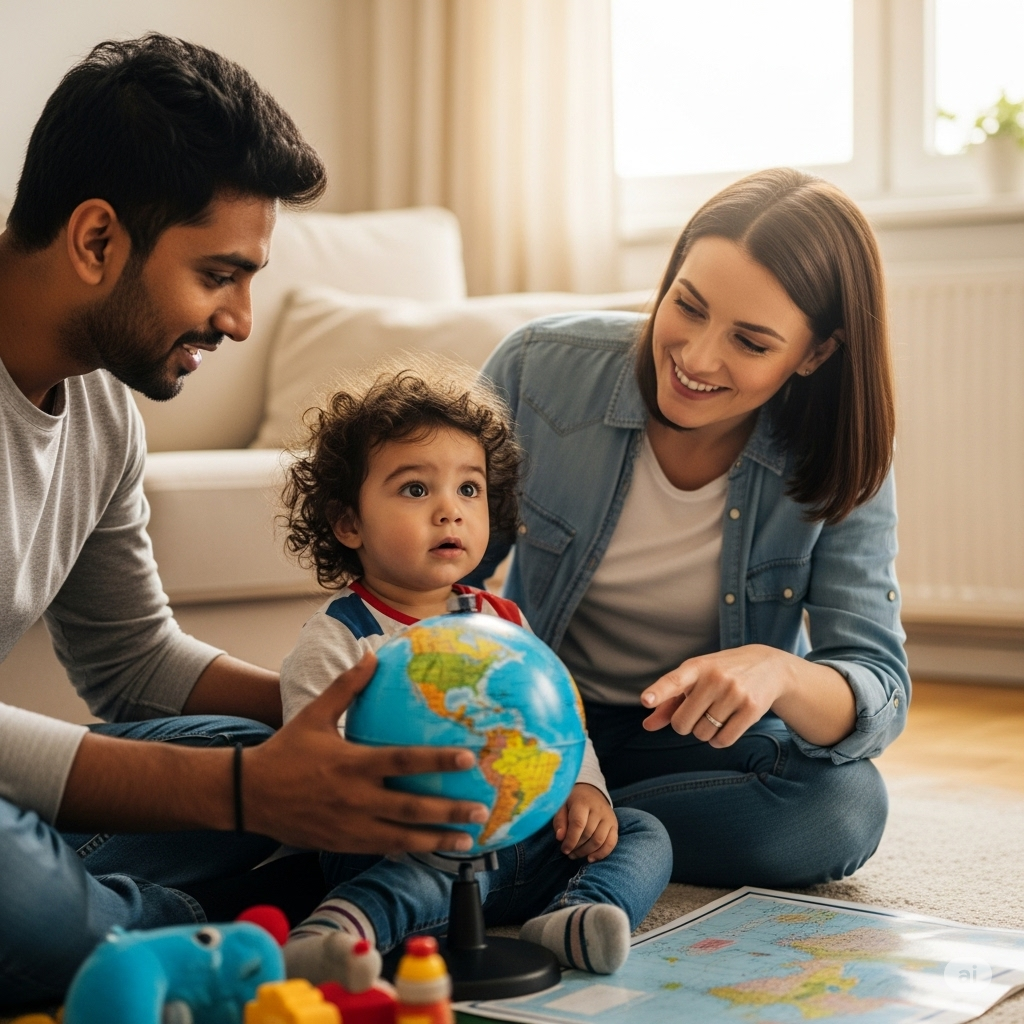“Why is the sky blue?”
“How does a car work?”
“What happens if I microwave this crayon?”
Children are naturally curious. They’re wired to explore, ask questions, test boundaries, and discover how the world works. Curiosity is a gift—it drives learning, creativity, and problem-solving. But let’s be honest: it can also be exhausting.
So how do you nurture your child’s curiosity without feeling overwhelmed or annoyed by the constant stream of questions?
In this article, you’ll discover how to support your child’s natural wonder while staying grounded, patient, and connected.
Why Curiosity Is So Important
Curious kids are:
- More motivated to learn
- Better at problem-solving
- More creative and imaginative
- More confident in asking questions
- More likely to become lifelong learners
When we support curiosity, we help children become engaged thinkers—not just rule-followers.
1. See Curiosity as a Strength, Not a Disruption
Yes, the questions can be nonstop. But curiosity isn’t a behavior problem—it’s a developmental superpower.
Instead of thinking:
❌ “Why won’t they stop asking?”
Try:
✅ “They’re learning. Their brain is growing.”
Shifting your mindset helps reduce frustration and builds empathy.
2. Take a Breath Before You Answer
When you feel your patience wearing thin, pause and breathe.
Ask yourself:
- “Do I need to respond now, or can I revisit this?”
- “Can I answer simply without going deep?”
- “Is this an opportunity for my child to discover on their own?”
You don’t need to be a walking encyclopedia—just a calm, curious guide.
3. Let “I Don’t Know” Be the Start, Not the End
It’s okay to admit you don’t know something. In fact, it’s a great model for lifelong learning.
Say:
- “That’s a great question. I don’t know—but let’s find out together.”
- “What do you think the answer might be?”
- “Let’s look it up in a book or video later.”
Curiosity is contagious when shared.
4. Create a Culture of Wonder at Home
Make curiosity part of your everyday life, not just something you “deal with.”
Try:
- A “question of the day” at dinner
- Leaving out open-ended toys and materials
- Exploring nature walks, puzzles, or science kits
- Building a list of “things we want to learn”
The more you invite questions, the more your child learns it’s okay to wonder.
5. Encourage Exploration Over Perfection
Curious kids often make messes, break things, or take things apart. That’s how they learn.
Guide them toward safe, supervised exploration, but don’t over-correct.
Say:
- “Let’s figure this out together.”
- “It’s okay if it doesn’t work the first time.”
- “That was a creative idea—what else could we try?”
Celebrate effort and discovery, not just right answers.
6. Set Boundaries Around Timing
It’s okay to say “not right now”—curiosity doesn’t have to take over everything.
Try:
- “That’s a great question. Can we talk about it after lunch?”
- “Let’s write that down and come back to it later.”
- “I want to give you a real answer, but I need a minute.”
Boundaries protect your energy and teach your child about timing and patience.
7. Use Books, Videos, and Tools to Support Curiosity
You don’t have to answer every question off the top of your head. Use resources to support your child’s interests.
Examples:
- Nonfiction books about science, animals, space
- Kid-friendly documentaries
- Audio stories and educational podcasts
- Museums, science centers, libraries
Your child will learn that curiosity leads to discovery—and fun!
8. Celebrate Questions More Than Answers
Say:
- “Wow, what a thoughtful question!”
- “You’re really thinking deeply—nice job.”
- “That’s a question a scientist or inventor might ask.”
When you celebrate the act of asking, your child learns that thinking matters more than being right.
9. Build in Quiet, Open Time for Free Thinking
Kids need unstructured time to process and explore ideas.
Create:
- Screen-free zones for drawing, tinkering, or reading
- “Thinking corners” with books, nature items, or open-ended toys
- Walks or car rides where you simply chat and wonder together
Boredom often leads to the best questions.
10. Let Curiosity Be a Connection Point
Use your child’s curiosity as a bridge to connect emotionally.
Instead of brushing off the tenth “why” of the day, try:
- “I love how much you notice things. That reminds me of when I was a kid.”
- “You’re really observant. I like that about you.”
- “That’s a deep question. Let’s be curious together.”
Even if you’re tired, these moments create closeness—and show your child that their mind matters.
Final Thought: Wonder Is Worth Protecting
Your child’s curiosity is not a problem to solve—it’s a light to protect and guide.
When you respond with patience, curiosity, and openness (even in small doses), you’re teaching your child:
“It’s safe to ask questions.”
“Learning is a lifelong adventure.”
“I’m not alone in wondering about the world.”
And that lesson? It’s more powerful than any answer.
